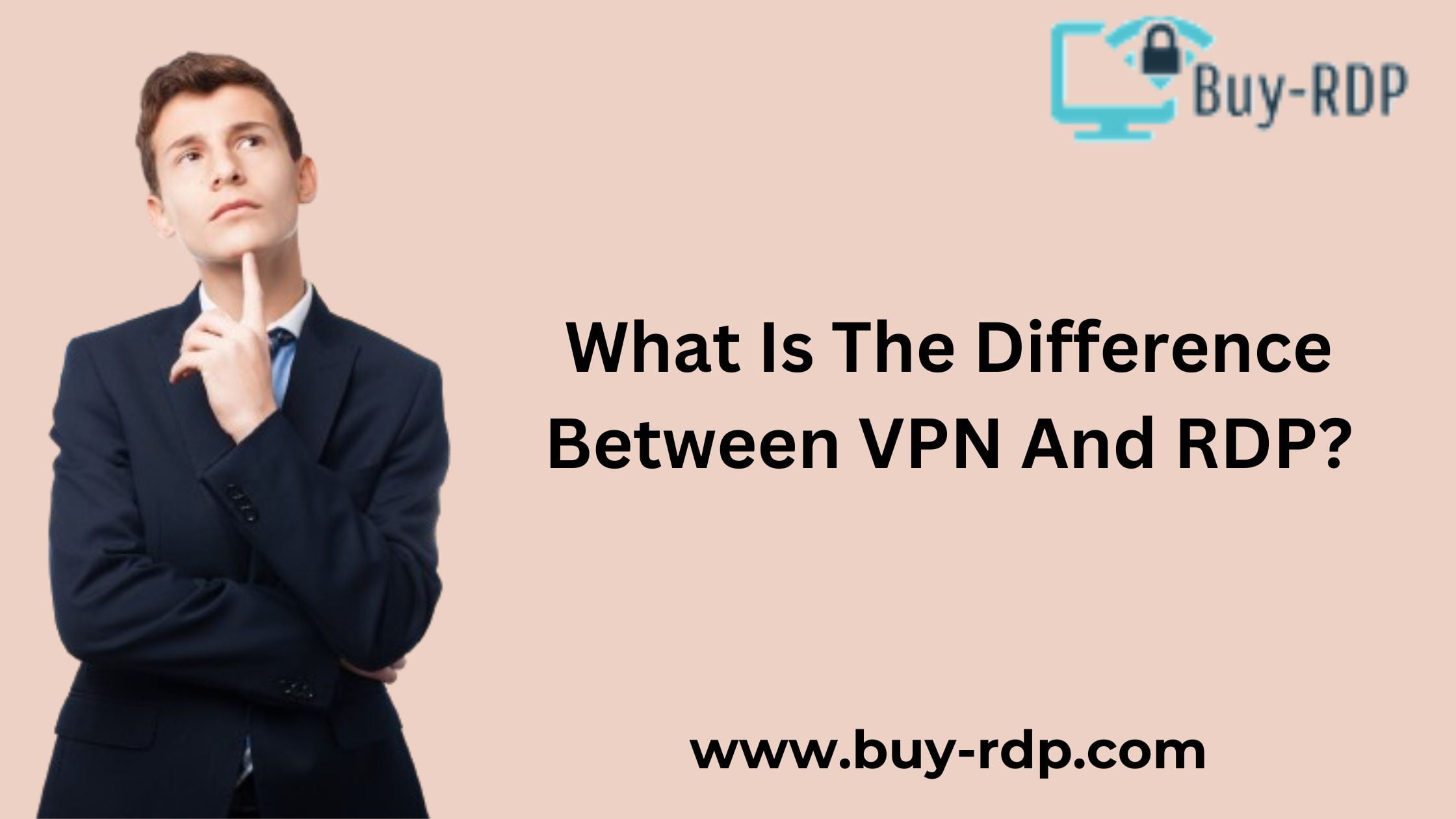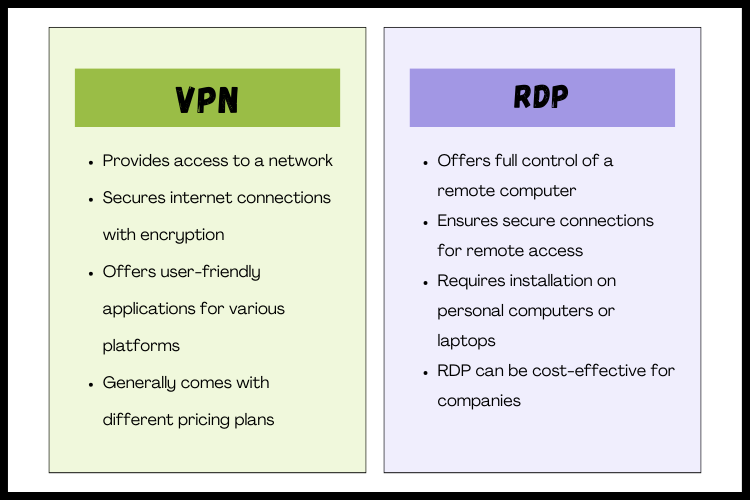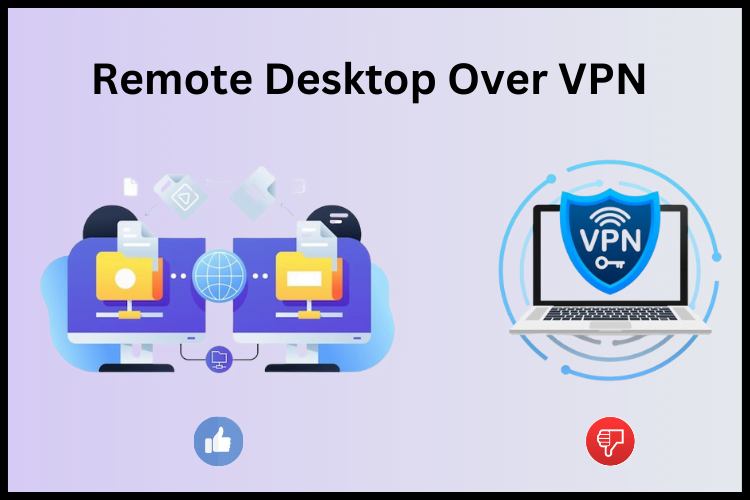 March 31, 2022
March 31, 2022
What Is The Difference Between VPN And RDP?
Summary

Article Name
What Is The Difference Between VPN And RDP
Description
Many people get confused about the differences between VPN (Virtual Private Network) and RDP (Remote Desktop Protocol) software. While some assume they're the same, they actually have distinct characteristics, advantages, and disadvantages.
Author
Dikshita
Publisher Name
BUY RDP
Publisher Logo




Leave a comment